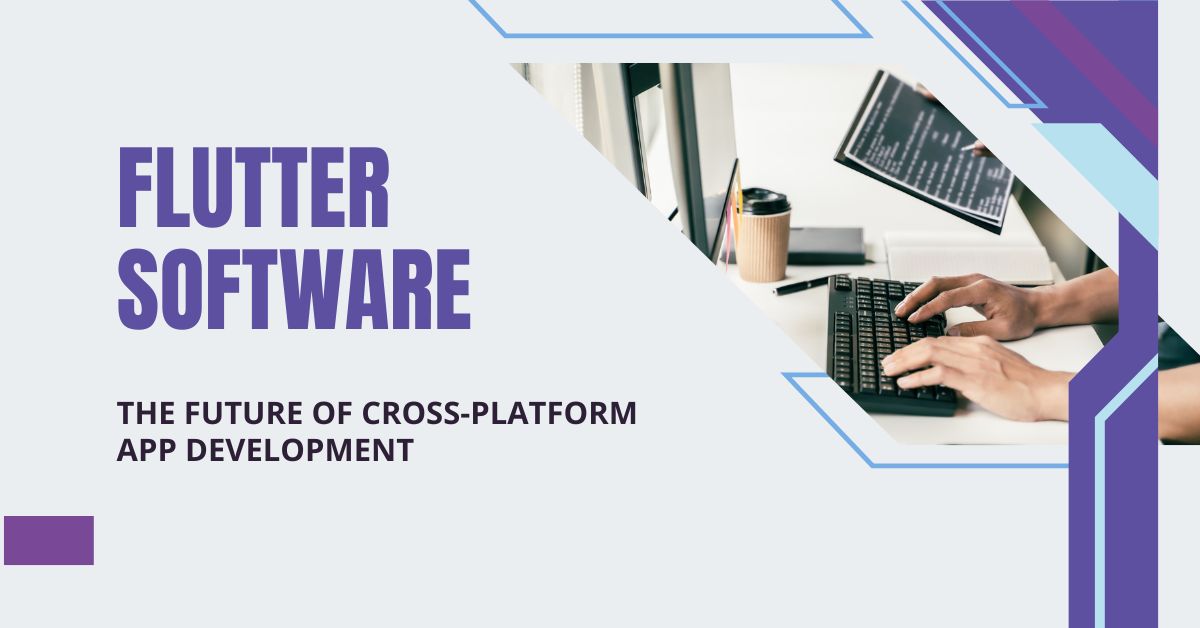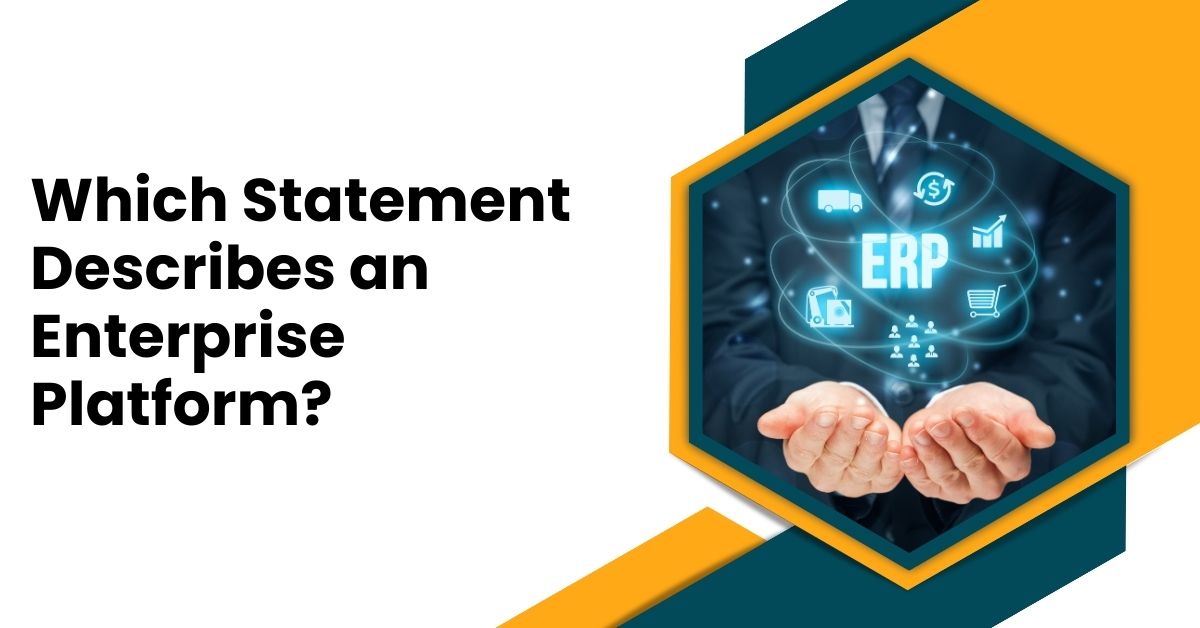In the ever-evolving world of mobile and web application development, Flutter has emerged as a game-changer. Developed by Google, Flutter is an open-source UI software development toolkit that allows developers to create natively compiled applications for mobile, web, and desktop from a single codebase. With its fast development process, expressive UI, and outstanding performance, Flutter has become the go-to framework for developers worldwide.
What is Flutter?
Flutter is a free and open-source framework that enables developers to build cross-platform applications with a single codebase. It uses the Dart programming language and offers a rich set of pre-designed widgets that help in creating visually appealing and highly functional apps. Unlike traditional frameworks, Flutter compiles directly to native ARM code, ensuring high performance and smooth animations.
Why Choose Flutter?
1. Single Codebase for Multiple Platforms
One of the standout features of Flutter is that it allows developers to write a single codebase and deploy it across iOS, Android, web, and desktop platforms. This not only saves development time but also reduces maintenance efforts.
2. Fast Development with Hot Reload
Flutter’s “Hot Reload” feature enables developers to see changes instantly without restarting the app. This significantly speeds up the development process and enhances productivity.
3. Beautiful and Customizable UI
With a vast collection of widgets and a flexible design framework, Flutter allows developers to create stunning and highly customizable user interfaces. It provides material design and Cupertino widgets to ensure a native-like experience across different platforms.
4. High Performance
Since Flutter compiles to native ARM code and does not rely on web views or JavaScript bridges, it delivers exceptional performance with smooth animations and faster load times.
5. Strong Community Support
Being an open-source project backed by Google, Flutter enjoys strong community support. Developers have access to extensive documentation, third-party plugins, and a vast repository of learning resources.
Use Cases of Flutter
Flutter is widely used for various applications, including:
- Mobile App Development – Companies like Alibaba, eBay, and Google Ads have successfully implemented Flutter for their apps.
- Web Applications – Flutter’s web capabilities allow developers to create highly responsive web applications.
- Desktop Applications – Flutter supports Windows, macOS, and Linux, making it an ideal choice for cross-platform desktop applications.
- Embedded Systems – It is also gaining traction in building applications for embedded devices.
Getting Started with Flutter
If you’re interested in Flutter development, follow these steps:
- Install Flutter SDK – Download and install Flutter from the official Flutter website.
- Set Up an IDE – Use VS Code, Android Studio, or IntelliJ IDEA for an optimized development experience.
- Write Your First Flutter App – Create a simple app using flutter create my_app and start coding.
- Run and Test – Use flutter run to test your app on an emulator or a real device.
- Explore Widgets – Learn about Flutter’s widget library to build interactive UIs.
Final Thoughts
Flutter is revolutionizing app development by offering a single codebase for multiple platforms, high performance, and a seamless UI experience. Whether you’re a startup or an established business, Flutter can help you create beautiful, high-quality applications efficiently. As the technology continues to evolve, Flutter is undoubtedly a top choice for modern app developers.
Are you ready to explore Flutter? Start coding today and unlock the endless possibilities of cross-platform development!



